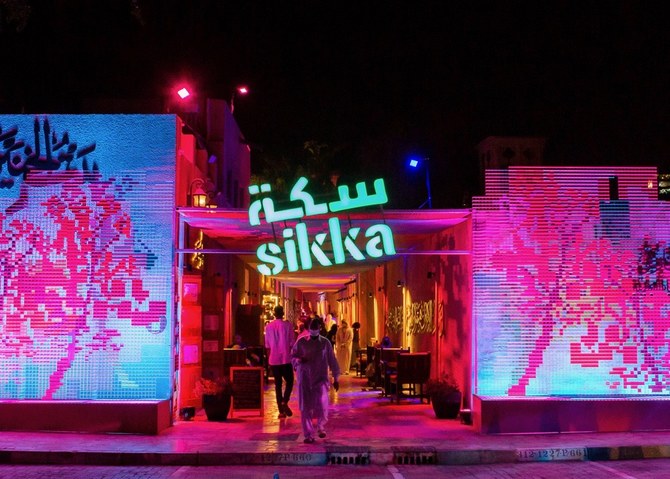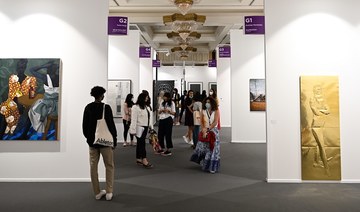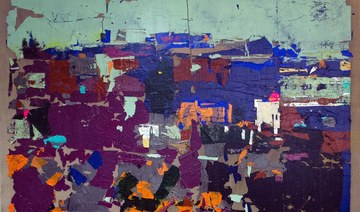DUBAI: Dubai Culture and Arts Authority (Dubai Culture) has announced the return of Dubai Art Season for the 2023 edition during February and March, Emirates News Agency reported on Thursday.
The event, held under the theme of “Take a Walk on the Art Side,” will coincide with many other entertainment activities in the emirate, including the Emirates Airline Festival of Literature, Sikka Art and Design Festival, Art Dubai, Dubai Opera performances, and DIFC Art Nights.
Over 250 global personalities are expected to attend.
The season’s program includes the 16th edition of Art Dubai, which will be held at Madinat Jumeirah from March 1-5.
Reem bint Ibrahim Al-Hashemy, minister for international cooperation, and Hala Badri, director-general of Dubai Culture, will also host a joint session to discuss the UAE’s experience in shaping the future.
To celebrate 50 years of diplomatic relations between the UAE and Japan, Dubai Culture is hosting an exhibition that showcases Dubai in 1962, with images taken by Yoshio Kawashima, a Japanese photojournalist, during his visit to the Middle East.
The Taste of Dubai Festival will return on Friday to celebrate the culinary arts in Dubai and the region.
Meanwhile, an exhibition at Al-Safa Art and Design Library until March 17 will explore Dubai’s heritage, history and everyday life.
The event calendar also includes immersive entertainment parks featuring themed interactive experiences across 12 zones.
During Dubai Art Season, Alserkal Avenue and Alserkal Arts Foundation will host a variety of creative cultural activities, such as art walks, to provide alternative ways to engage with art.
Saeed Mubarak bin Kharbash, CEO of the Arts and Literature Sector at Dubai Culture, said that Dubai Art Season has become a platform that brings together multiple creative events in the emirate.
The season provides opportunities for writers, artists and intellectuals to express their creativity in a variety of fields, which is consistent with Dubai Culture’s commitment to creating a sustainable and supportive artistic ecosystem for entrepreneurs, he said.
This is in line with the vision of UAE Prime Minister Sheikh Mohammed bin Rashid Al-Maktoum to position Dubai as a global cultural and talent hub.














